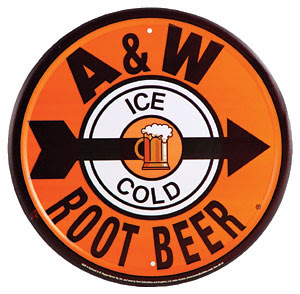The history of the Volpe, a small two-seat vehicle made by Alca (Anonima Lombarda Cabotaggio Aereo), is full of lights and shadows.
The concept was certainly luminous: the tiny car was 135 kilos, two and a half meters in length, only a little over a meter in width and height, and could reach a maximum speed of 75 km/h. It was launched in Rome on March 30, 1947, during a show presented by the famous comedian Erminio Macario, and anticipated the “microcars” (or “bubble cars”) that would have been successfully sold throughout Europe about a decade later. The Volpe responded to the needs of the Italian market, still in recovery from the war. It was innovative, yet simple, easy to drive, robust. And cheaper than Fiat’s Topolino, the beauty queen among the cars produced in that period by the Turin-based company.
But then the lights dimmed with the charges for fraudulent bankruptcy that hit Alca in 1948: the company had not provided a number of customers with the cars they had paid for, illegally holding on to the equivalent of five and a half million euros.
Thus no more than ten Alca Volpes were ever manufactured; even fewer have survived until this day, on exhibit inside museums or in private collections.
photos via www.rmauctions.com
Fonte: The Alca Volpe | Italian Ways.
The Alca Volpe from Anonima Lombarda Cabotaggio Aereo












































